Kenshō and Satori: Awakening in Zen
In Zen Buddhism, the terms kenshō (Japanese: 見性, “seeing one’s nature”) and satori (悟り, “understanding” or “awakening”) are central concepts that describe the experience of sudden insight into the true nature of reality. Unlike the gradual, step-by-step cultivation of wisdom often emphasized in other Buddhist traditions, Zen speaks of a direct, immediate realization that cuts through conceptual thinking and reveals things as they truly are. In this post, we explore what kenshō and satori mean in the Zen context, how they are understood and approached, and how they relate to other core teachings such as tathatā (suchness), śūnyatā (emptiness), and dependent origination. We will also examine misunderstandings around these terms, their role in the Zen path, and how awakening is both a beginning and a continuation of practice.

The Japanese term satori (悟り), where 悟 reads “satoru” (Kun’yomi reading), means “to understand” or “to awaken”, and り (ri) is a suffix that indicates the state of being. The term is often used in Zen to refer to a deep, experiential understanding of reality. In this context, satori is not merely an intellectual insight but a profound shift in perception that reveals the interconnectedness and emptiness of all phenomena. Source: Wikimedia Commonsꜛ (license: public domain)
Kenshō: Seeing one’s true nature
The word kenshō combines ken (見, “to see”) and shō (性, “nature”), and is most often translated as “seeing one’s (true) nature”. In Zen, this refers to a direct realization that the self has no fixed or independent essence — what we take to be “I” is, in fact, a process, interdependent, momentary, and empty of selfhood. This realization is not conceptual but experiential.
Kenshō is typically described as a sudden, clear seeing into this truth. It is the moment when one recognizes that the mind’s projections and identifications are illusions and that the world, in its suchness, is already whole. While often experienced as a discrete event, kenshō is not necessarily a one-time occurrence. It may arise more than once, each time deepening the clarity of insight. Kenshō is often associated with the breakthrough moments in Zen training, sometimes catalyzed by meditation, kōans, or spontaneous insight in daily life.
Satori: The broader field of awakening
While often used interchangeably with kenshō, satori has a broader connotation. It can refer to any deep experiential realization or understanding, whether momentary or sustained. If kenshō is the flash of insight, satori can also encompass the unfolding and integration of that insight into one’s life and perception.
Satori is not necessarily a single event. In Zen literature, masters often speak of “great satori” and “small satori,” recognizing that awakening may come in layers, with each deepening one’s clarity and loosening one’s attachments.
Awakening and non-attainment
Paradoxically, both kenshō and satori are described in Zen as “nothing special.” This is not a denial of the significance of awakening experiences, but a critical reminder that turning awakening into a personal accomplishment distorts its meaning. In Zen, the moment one begins striving for some future realization — as if awakening were an object to attain — one is already moving away from it. The grasping mind constructs illusions; letting go is what reveals the truth that was never absent to begin with. As the Heart Sūtra puts it: “There is no ignorance and no end to ignorance… no path, no wisdom, and no attainment.”
Kenshō is not a trophy, and satori is not a goal. Rather, awakening is a shift in perception, a direct seeing through the illusion that there was something to gain in the first place. The irony is that when the grasping stops, clarity arises. But even this clarity is not to be clung to. A kenshō experience, however intense or subtle, must not be mistaken for final enlightenment. Instead, the insight should be allowed to inform daily life through presence, humility, and careful discernment.
The rhythms of sitting, walking, and relating become the field in which awakening matures. Realization is not a finish line, but an ongoing unfolding. It deepens not through exaltation but through return: return to the breath, return to the body, return to the unadorned moment as it is.
Zazen and the ground of insight
Kenshō and satori do not occur in a vacuum. In Zen, zazen, seated meditation, is the foundation of the path. It is in the stillness of zazen that the layers of illusion become visible, not to be fought but to be seen and released. The posture, breath, and silent sitting are not techniques toward an end, but expressions of what is already here.
In Sōtō Zen, particularly through the teachings of Dōgen, zazen is not a means to awakening but its enactment. One sits not to attain kenshō, but because awakening is already present — obscured only by the mind’s clinging. In Rinzai Zen, zazen is often paired with kōan introspection, catalyzing breakthrough insights. In both cases, zazen is the field where illusion is undone, and clarity emerges.
The role of kōans and the teacher
In many Zen schools, particularly Rinzai, kenshō is cultivated through kōan practice — paradoxical encounters or questions that short-circuit discursive thought. These may lead the practitioner to an impasse where conceptual thinking fails, and a breakthrough occurs. In these traditions, recognition of kenshō often requires validation by a teacher.
The teacher plays a crucial role not only in pointing out the mind’s traps but also in grounding and guiding the student’s insight. Without this relational context, there is a risk of mistaking intellectual understanding or psychological breakthrough for genuine awakening.
Awakening and the ordinary
Zen teachings emphasize that awakening is not separate from ordinary life. The experience of kenshō is often followed by the recognition that nothing has changed, and yet everything has. “Before enlightenment, chop wood, carry water. After enlightenment, chop wood, carry water.” The world is not rejected or transcended but seen anew — with intimacy, clarity, and no separation.
Dōgen, founder of the Sōtō school in Japan, famously taught that practice itself is awakening. There is no final state to achieve, only the continuous unfolding of realization through presence and activity.
Misunderstandings and cautions
It is tempting to interpret kenshō and satori as peak experiences, mystical states, or personal achievements. Zen radically undermines such notions. Awakening is not about the self becoming special, but about seeing through the illusion of selfhood entirely. It is not about escaping life, but seeing it truly.
Not every moment of apparent insight is genuine awakening. Zen tradition draws a clear line between authentic realization and experiences that merely mimic clarity but remain rooted in ego or conceptual delusion. A fleeting moment of expanded awareness, a psychological breakthrough, or a sharp intellectual understanding may feel transformative, but they do not necessarily constitute kenshō or satori. The authenticity of awakening is not measured by intensity or novelty, but by how it transforms one’s way of being. Does the insight dissolve the illusion of self? Does it lead to greater compassion, humility, and presence in ordinary life? Genuine realization bears fruit in how we meet the world — in how egoic habits soften, grasping relaxes, and freedom expresses itself through ordinary activity. This is the litmus test in Zen: not what one sees in meditation, but how one lives after seeing.
Conclusion
Kenshō and satori refer to direct experiential insight into the nature of reality and the absence of a fixed, separate self. These moments of awakening are often sudden, yet they are not endpoints. Their true measure lies in how they transform one’s way of being in the world. The insight into emptiness, suchness, and interdependence must be integrated and lived.
Unlike some traditions that treat awakening as the result of long gradual cultivation, Zen emphasizes that realization is immediate and accessible — but only when one relinquishes grasping. Kenshō is not something to possess; satori is not a state to cling to. They are the opening of the hand of thought, the seeing through illusion, the returning to what has never been absent.
What distinguishes Zen is not the uniqueness of these concepts — many Buddhist schools speak of insight, emptiness, or realization — but the radical way Zen brings them into everyday life, strips them of esotericism, and grounds them in direct experience. There are no special attainments, only the ordinary seen clearly. And in that clarity, the most mundane things — breathing, walking, making tea — become expressions of the awakened mind.
Thus, awakening in Zen is not about transcendence, but intimacy: with ourselves, with others, and with the world, just as it is.
References and further reading
- Oliver Bottini, Das große O.-W.-Barth-Buch des Zen, 2002, Barth im Scherz-Verl, ISBN: 9783502611042
- Heinrich Dumoulin, Geschichte des Zen-Buddhismus, Band 1+2, 2019, 2., durchgesehene und erweiterte Auflage, Francke A. Verlag, ISBN: 9783772085161
- Hans-Günter Wagner, Buddhismus in China: Von den Anfängen bis in die Gegenwart, 2020, Matthes & Seitz Berlin, ISBN: 978-3957578440
- Jr. Buswell, Robert E., Jr. Lopez, Donald S., Juhn Ahn, J. Wayne Bass, William Chu, The Princeton dictionary of Buddhism, 2014, Princeton University Press, ISBN: 978-0-691-15786-3
- Oliver Freiberger, Christoph Kleine, Buddhismus - Handbuch und kritische Einführung, 2011, Vandenhoeck & Ruprecht, ISBN: 9783525500040
- Rupert Gethin, The Foundations Of Buddhism, 1998, Oxford University Press, ISBN: 9780192892232
- Oliver Bottini, Das grosse O.W. Barth-Buch des Buddhismus, 2004, Ebner & Spiegel GmbH, ISBN: 9783502611264
- Daisetz Teitaro Suzuki, Satori, Der Zen-Weg zur Befreiung. Die Erleuchtungserfahrung im Buddhismus und im Zen, Herausgeber: Otto Wilhelm Barth (1. Januar 1996), ISBN-10: 3502645949
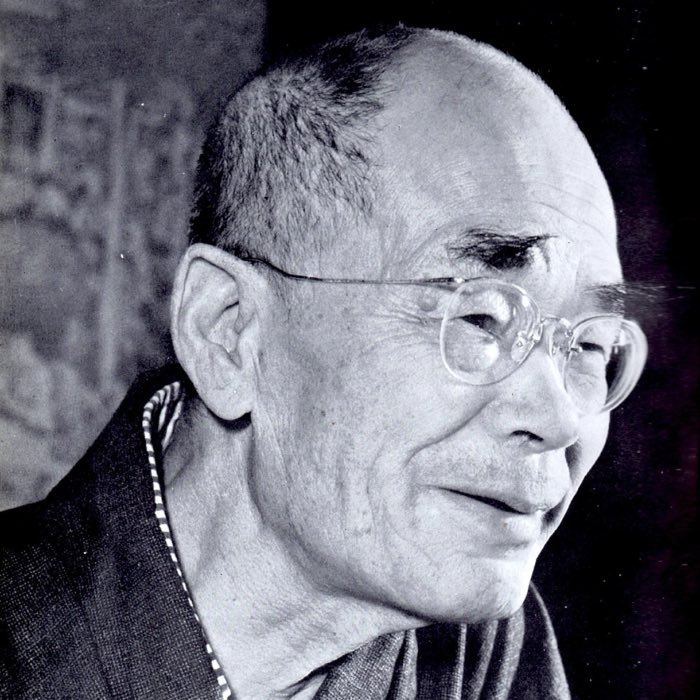
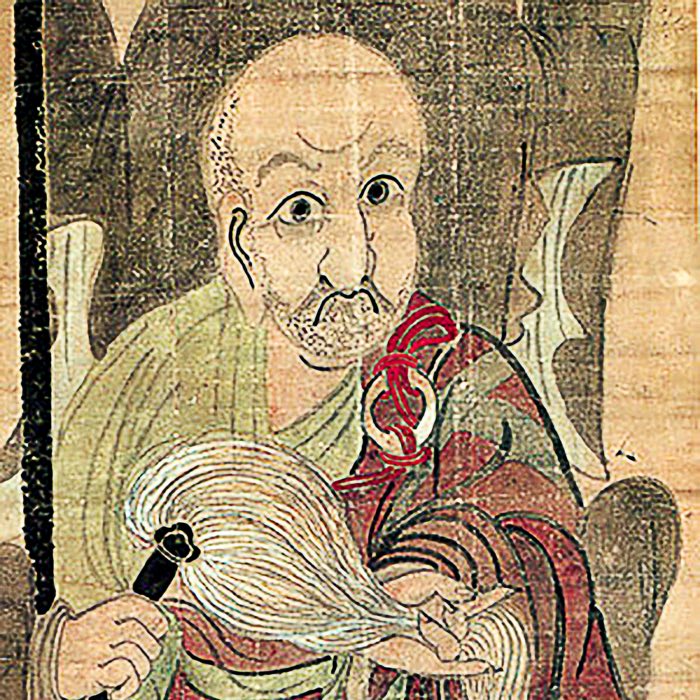

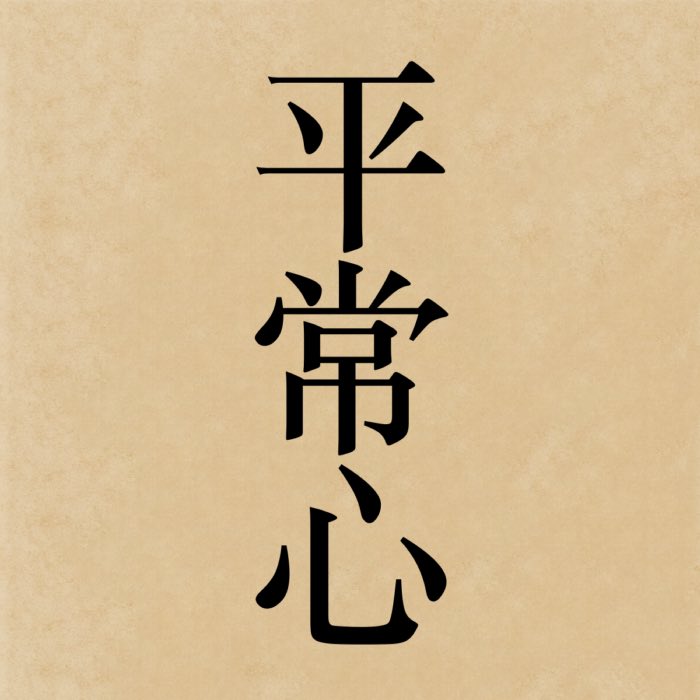
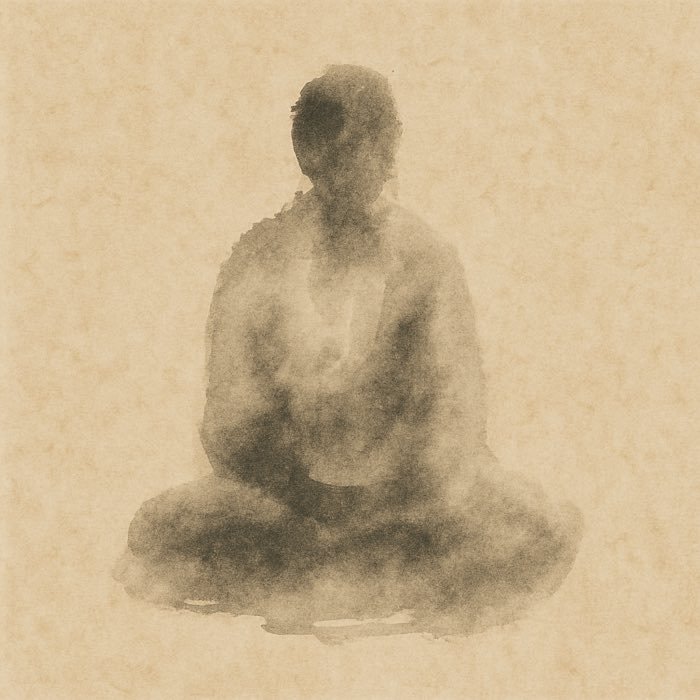
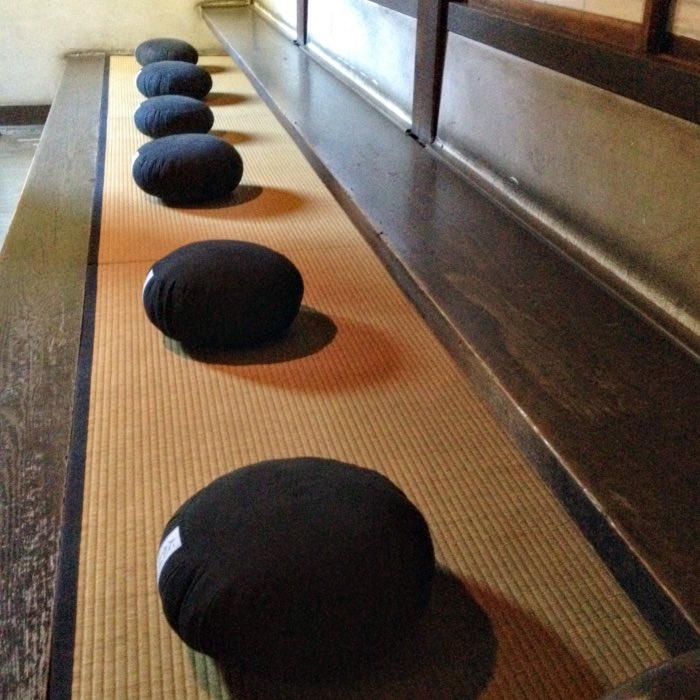
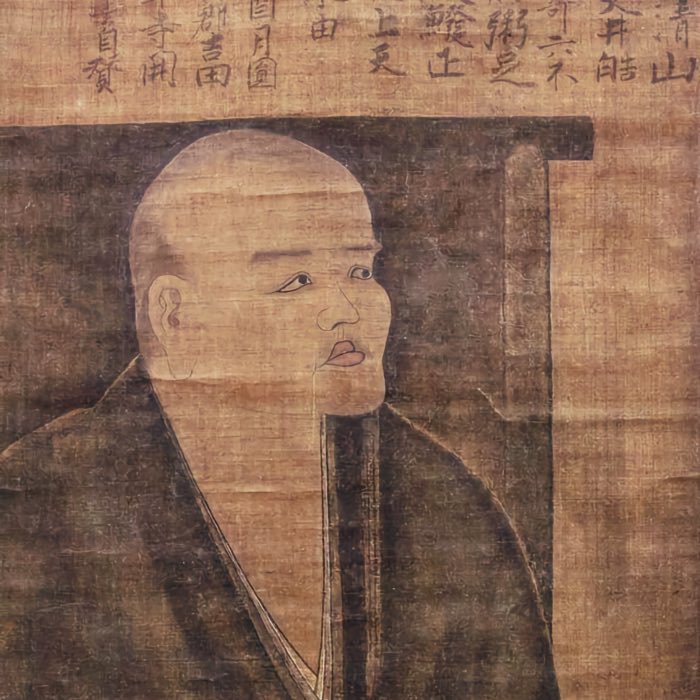
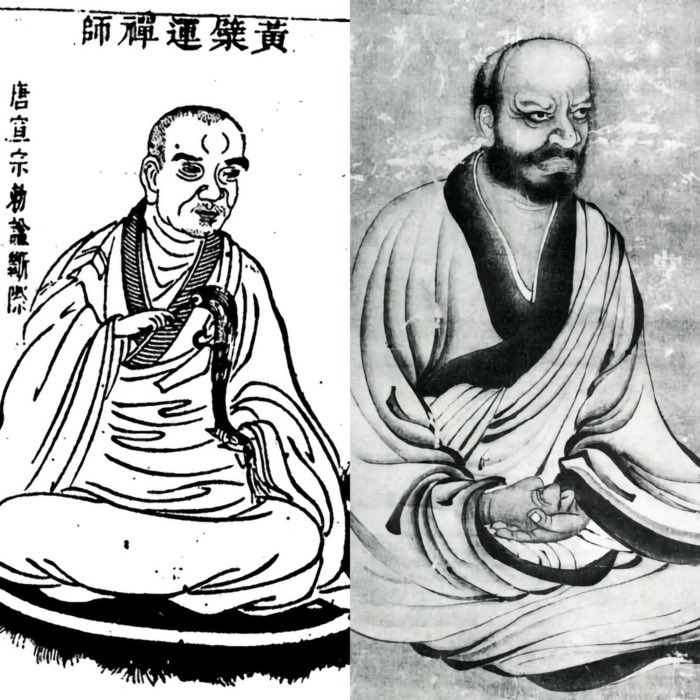

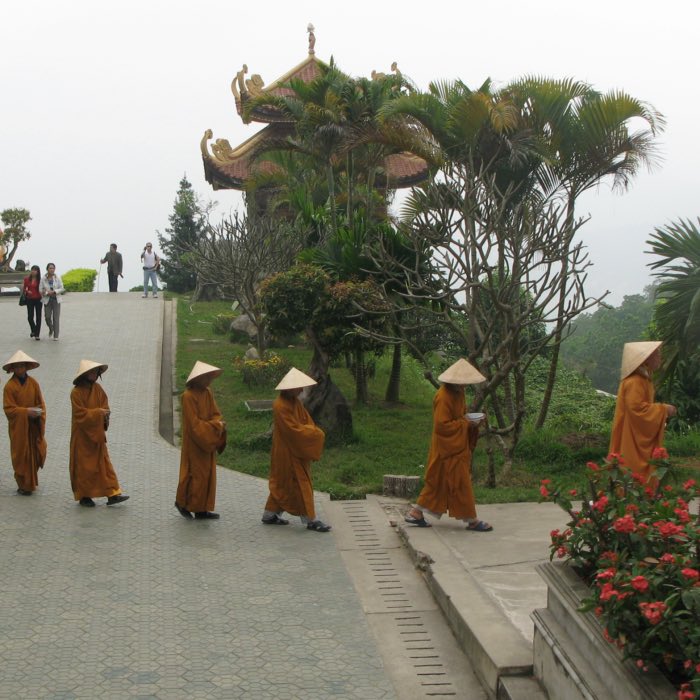
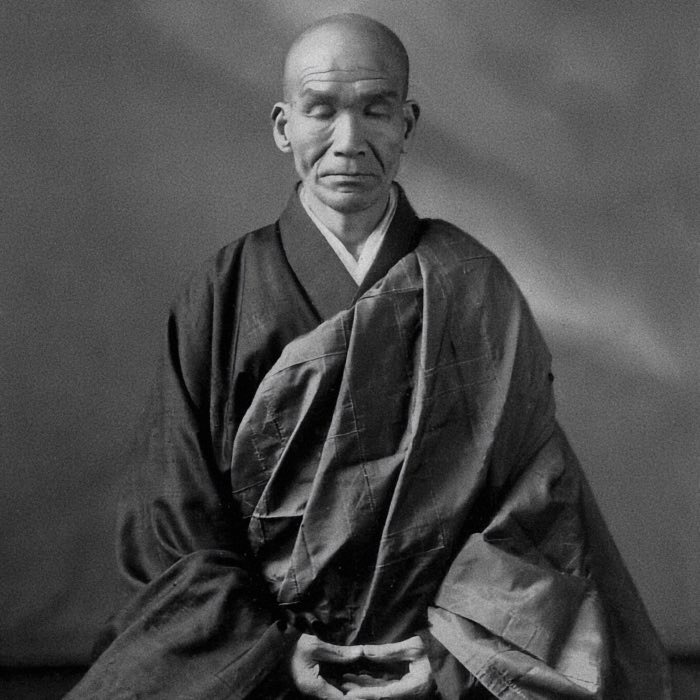






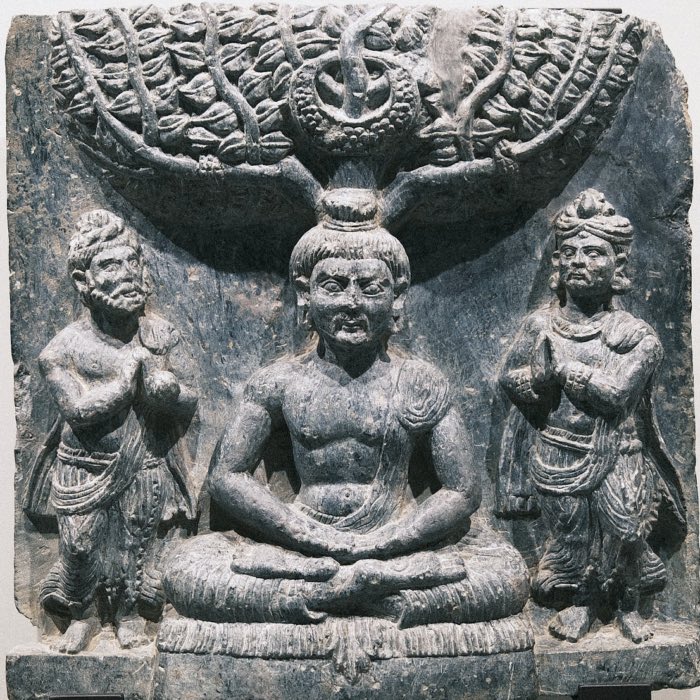
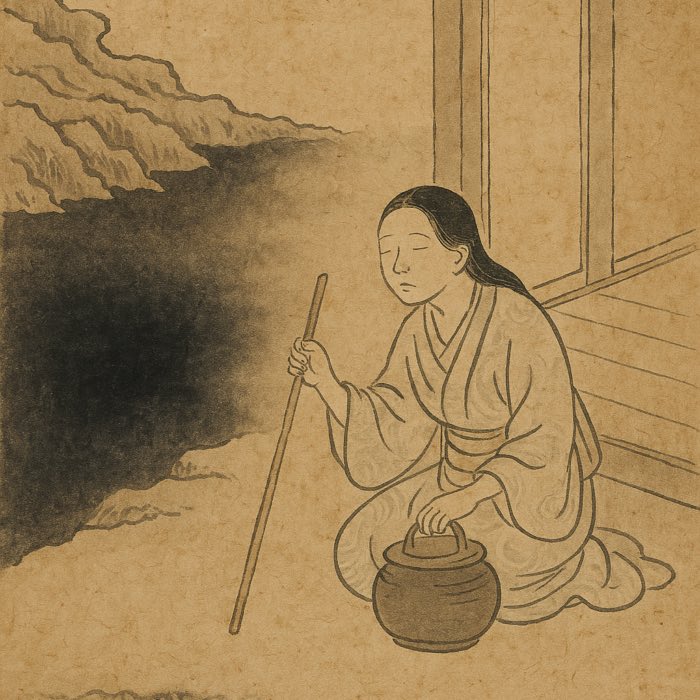
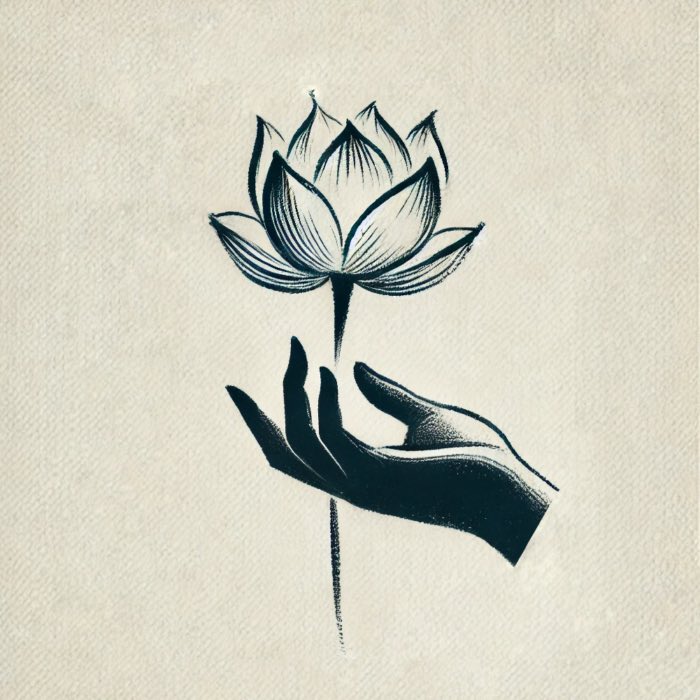
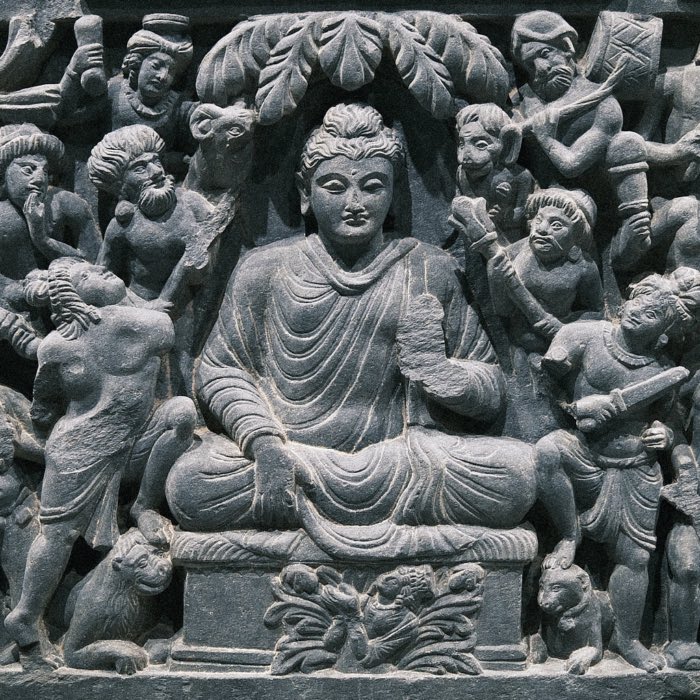
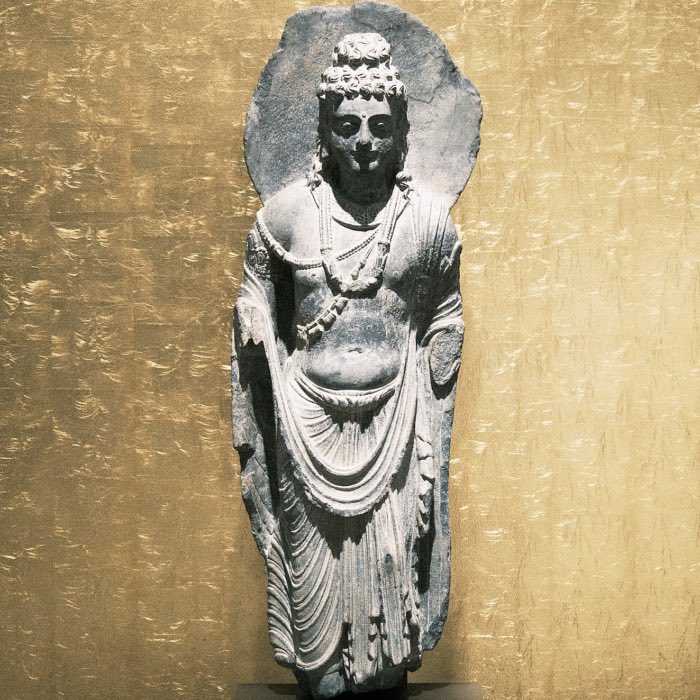
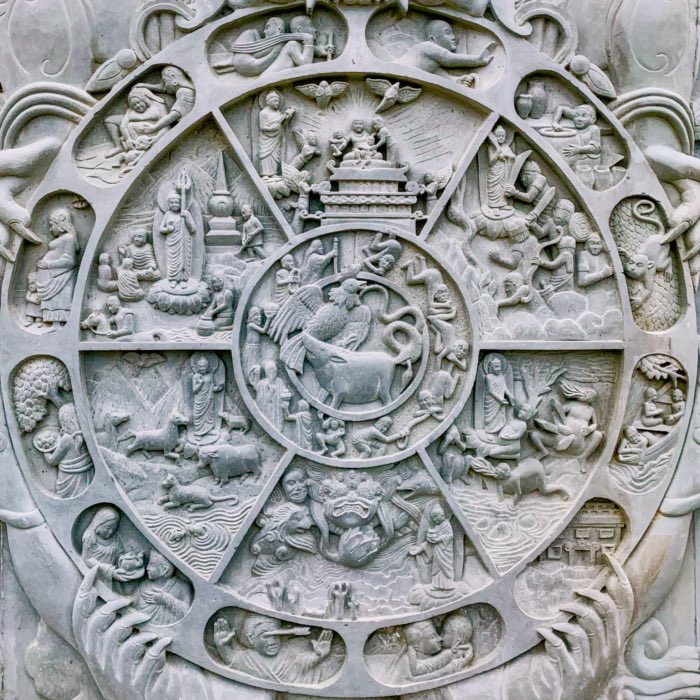




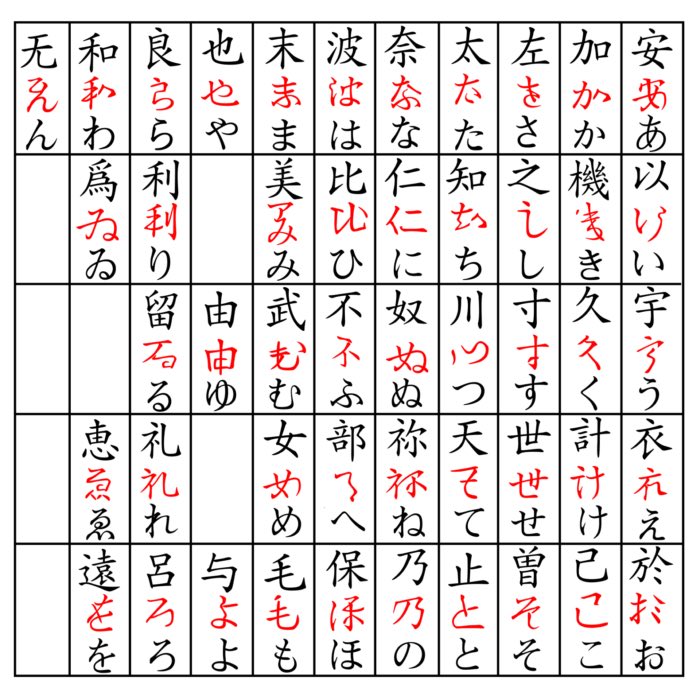







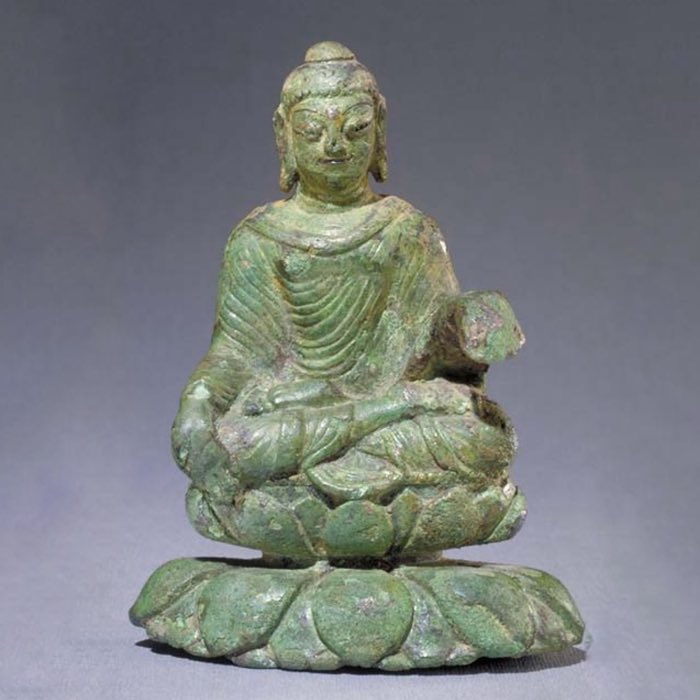

comments